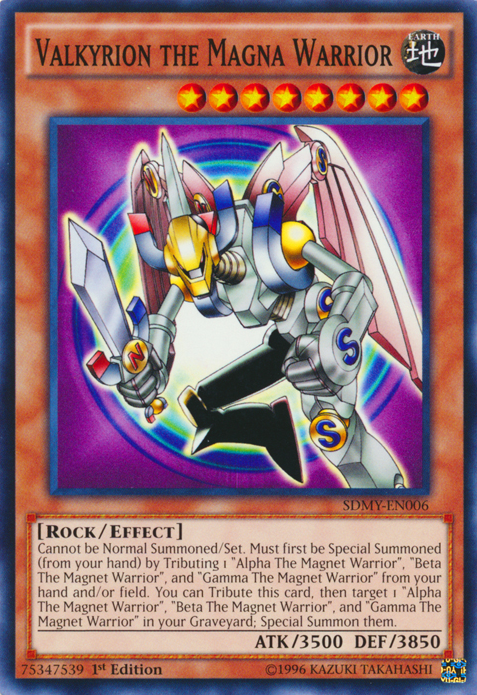
The closed beta for ijji GunZ ended on November 17, 2006. Players connect to other players through their client, instead of through a central server. GunZ 's networking system in most parts of the game was peer-to-peer. This, in addition to the fact that these techniques were possible as a result of exploiting flaws in the animation system, has resulted in them being controversial but they became largely accepted as part of the game. With successive timed wall cancellations, it is possible to stay near a wall, descend, ascend or even travel along the side of walls indefinitely, all depending on the angle of the camera angle, and the speed by which the wall-cancellations are produced (slower descend/staying. This would cause the player to gain height and momentum by back flipping upwards off of the wall once. One example was the wall cancel unlike the initially intended, and linear method of running on walls, the player can simply jump (Done by pressing space, with default keyboard settings), dashing in the direction of a wall while still mid-air (done by double tapping either A, W, S or D, depending on where the wall is in relation to the direction of the camera angle) once close enough to slice or stab the wall with the chosen melee weapon (done by pressing the left mouse button).
GUNZ THE DUEL REGISTER SERIES
These usually exploited the game's animation and weapon switch systems through a series of animation cancellations to allow the player to perform another action rapidly after the first. Advanced movement and combat techniques were commonly referred to as "K-Style" or Korean style a variety of techniques fell under this category. Players could run on walls, perform flips off of them, and do quick mid-air dodges in any horizontal direction.

Ī player is congratulated for killing multiple players in a short amount of timeĪ significant and unique part of the gameplay was the movement system.


The quest system was designed to reduce the amount of time needed to prepare for boss raids that are typical in many other online games. Boss items were obtained through pages and other boss quests, and pages were obtained through the in-game shop. By sacrificing certain items in combination, players could enter a boss quest. The items obtained depended on the monster that the chest came from. Players ran through these to obtain an item randomly selected from the possibilities of that monster. Quest items in-game were stored in glowing chests that spawned where the monster that it came from died certain items could have been dropped depending on the monster killed. Players could make the quests tougher and more profitable by using special quest items to increase the quest level that could be bought from the in-game store or obtained during a quest. Quests could take place in the Prison, Mansion, or Dungeon map. In each stage, players were required to kill 18 to 44 creatures, and the game ended when every member of the player team died or completed all of the stages. In Quest mode, players, in a group of up to 4 members, went through parts of a map for a certain number of stages, which were determined by the quest level.

The game allowed players to perform exaggerated, gravity-defying action moves, including wall running, stunning, tumbling, and blocking bullets with swords, in the style of action films and anime. It was free-to-play, with a microtransaction business model for purchasing premium in-game items. GunZ: The Duel ( Korean: 건즈 온라인), or simply GunZ, was an online third-person shooting game, created by South Korean-based MAIET Entertainment.


 0 kommentar(er)
0 kommentar(er)
